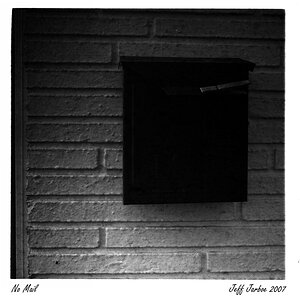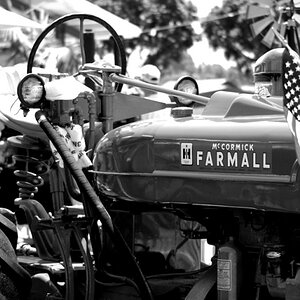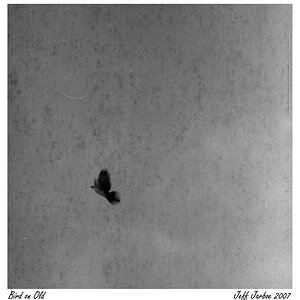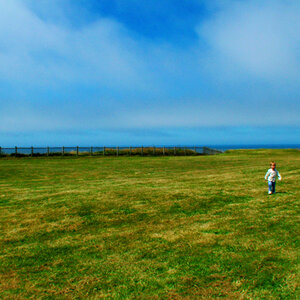Grandpa Ron
Been spending a lot of time on here!
- Joined
- Aug 9, 2018
- Messages
- 1,156
- Reaction score
- 703
- Can others edit my Photos
- Photos OK to edit
I just started shooting 4x5 negatives and processing them on an HP printer/scanner.
My approach is rather crude but effective. Basically I lay the negative on the platen, cover it with a glass plate to hold it flat, mask of the remainder of the platen with black cardboard, then leave the top open and use a deck lamp to shine through the negative when I scan. I adjust the density with sheets of white paper between the lamp and the scanner.
I have been reading about the Epson V600 scanner, It says it will copy slides.
So my question is will this or some other inexpensive scanner copy 4x5 negatives?
My approach is rather crude but effective. Basically I lay the negative on the platen, cover it with a glass plate to hold it flat, mask of the remainder of the platen with black cardboard, then leave the top open and use a deck lamp to shine through the negative when I scan. I adjust the density with sheets of white paper between the lamp and the scanner.
I have been reading about the Epson V600 scanner, It says it will copy slides.
So my question is will this or some other inexpensive scanner copy 4x5 negatives?








![[No title]](/data/xfmg/thumbnail/34/34695-42e00aba923f9e1fb7d814399a63ad68.jpg?1619736606)

![[No title]](/data/xfmg/thumbnail/31/31087-2287670c7bc11f26914352b7d9404588.jpg?1619734603)
